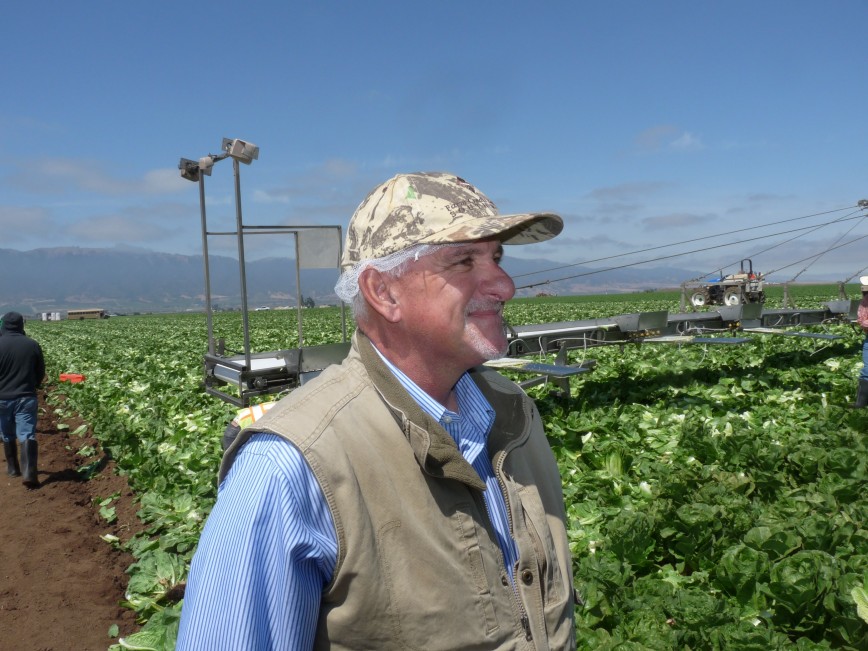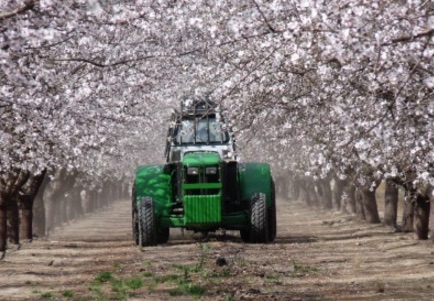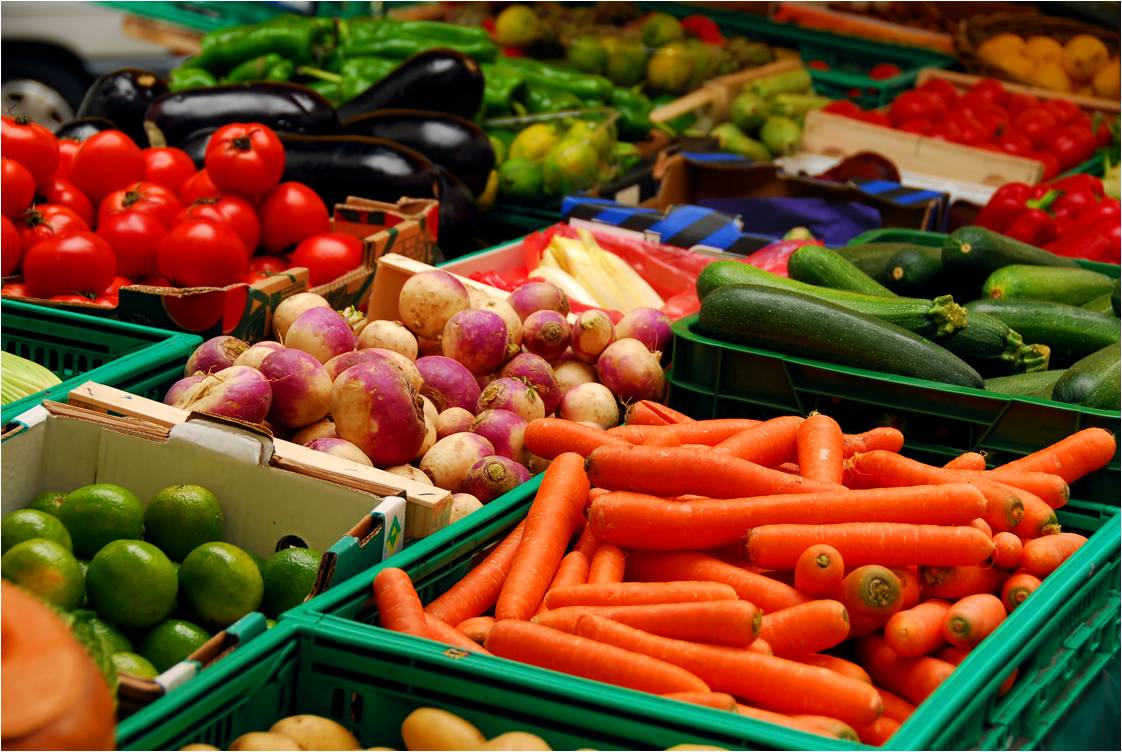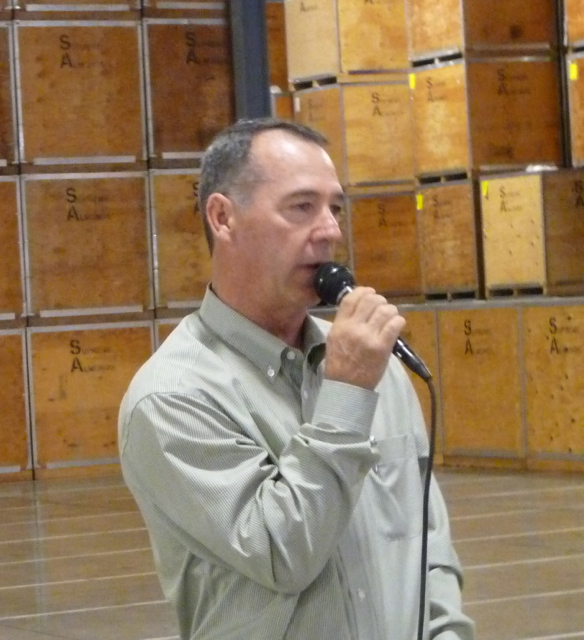Food Safety First for Valley Harvesting
Food Safety Top of Mind with Valley Harvesting
By Patrick Cavanaugh, Deputy Editor
Valley Harvesting & Packing, Inc. is a company of people who don’t even think about slowing down; they simply don’t have the time. Headquartered in the Imperial County community of Heber, the company has major operations in Mexico, California and Arizona that supply labor, logistics, trucking and custom harvesting, while never compromising food safety. The company’s customers include Fresh Express, New Star Organics, Frisco Farms, River Ranch Fresh Foods, Dole, Tanimura & Antle, Natural Selections, and Foxy Fresh Produce.
Founded by Steve Scaroni and his wife, Brenda, in 1983, Valley Harvesting & Packing is not far from their home deep in the Imperial Valley, a few miles north of Mexicali, Mexico. As president of the company, Steve Scaroni has an enormous passion for the vegetable industry and spends this time of year in Oceanside, Santa Maria, Oxnard, Salinas and Watsonville, where about 30 percent of the business is harvesting and providing labor for strawberries. The remaining 70 percent is devoted to vegetable harvest, labor and logistics.
“If you look at the scope of the company, statistically,” Scaroni said, “we are ‘touching’ somewhere in the process about 25 percent of every salad eaten every day,” said Scaroni.

Scaroni explained, “We have a food safety team overseeing everything we do. We have to do the same thing in Mexico, but even better than in the U.S.” Scaroni commented, “We have a saying in our operation: Food safety. Everyone. Everyday.”
“Animal intrusion is certainly always an issue,” Scaroni continued, “and you always have to check your water sources. We constantly swab our water tanks. And of course, we are always making sure people wash their hands and no one is sick, has a runny nose or is sneezing. These three things—animals, water and people—are 90 percent of the battle.”
“We believe in and follow the Leafy Green Marketing Agreement (LGMA),” Scaroni emphasized. “The results show that this program works and we are completely focused on that. Every crew has a safety officer wearing a bright yellow and orange vest to ensure that the crew is operating safely.”
To help the supervisor maintain excellent quality, the safety officer oversees the sanitization of the cutting knives which are washed in a bucket with bleach every two hours, on average; before and after work; at every break and during lunch. “Out here, everyone uses a knife,” Scaroni continued, “so we have to make sure no one gets cut. There is also a lot of equipment in the field, so the safety officer makes sure no one gets run-over.”



 About half of all American adults—117 million individuals, according to USDA—have one or more preventable chronic diseases, many of which are related to poor quality eating patterns and physical inactivity. These include cardiovascular disease, high blood pressure, type 2 diabetes, some cancers, and poor bone health. More than two-thirds of adults and nearly one-third of children and youth are overweight or obese. Trends in food intake show that Americans do not follow healthy eating patterns.
About half of all American adults—117 million individuals, according to USDA—have one or more preventable chronic diseases, many of which are related to poor quality eating patterns and physical inactivity. These include cardiovascular disease, high blood pressure, type 2 diabetes, some cancers, and poor bone health. More than two-thirds of adults and nearly one-third of children and youth are overweight or obese. Trends in food intake show that Americans do not follow healthy eating patterns. The
The 
 If you don’t want to create your own challenge group, join Chang at “
If you don’t want to create your own challenge group, join Chang at “














